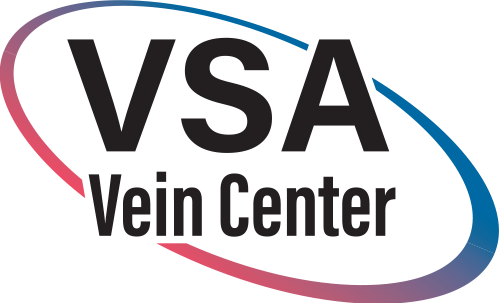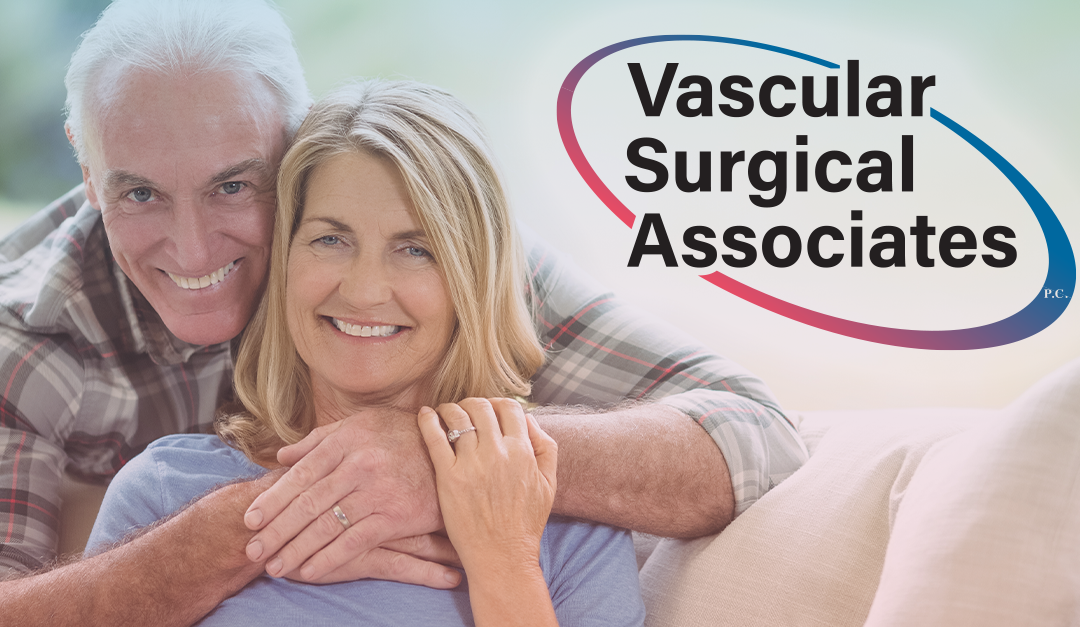Endovenous thermal ablation, known also as endovenous ablation, is a fancy, multiple-word term for a specific type of varicose vein treatment which, in laymen’s terms, is laser therapy.
Patients who suffer from varicose veins have a plethora of options available to treat each case. Endovenous thermal ablation is one of the more modern techniques that employs a laser (or high-frequency radio waves) to create concentrated local heat in the varicose vein. Which helps to “fix” the vein.
The use of these radio waves from lasers helps to cauterize and close the varicose veins in the legs. It’s not limited to legs, though, and can work in other extremities.
Advantages of Endovenous Thermal Ablation
Some reasons patients prefer endovenous thermal ablation over other kinds of treatments are listed below. The procedure offers a variety of benefits rendering it the most convenient choice available.
It’s a Minimally Invasive Procedure
Endovenous thermal ablation is less invasive than other kinds of treatments used to deal with varicose veins. Unlike other treatments, laser therapy leaves little evidence of scarring.
Relieve Heavy, Achy, Tired Feeling Legs
Patients who have pain stemming from varicose veins will find that endovenous thermal ablation can relieve the discomfort of disease-ridden veins.
Almost Zero Risk of Visible Scarring
Endovenous thermal ablation will also dramatically reduce aesthetic blemishes and leave patients with virtually no scarring.
Quick and Convenient
Laser therapy is an incredibly quick treatment that can be performed in an outpatient setting solely with a local anesthetic. It treats varicose veins by destroying the walls of the bad veins, shrinking them, and sealing them off so that blood won’t flow through the faulty vein.
How Does It Work?
An ultrasound is used to map the veins. A local anesthetic is given afterward and a skinny fiber is inserted through a microscopic entry point. The laser is then delivered to treat the diseased vein.
It’s recommended to have a relative or friend drive the patient home after the treatment, though the recovery time is brief. It’s best for patients to walk directly after the procedure to assist in resuming daily activities.
Some patients may experience temporary soreness and slight bruising, but those can be treated with over-the-counter, NSAIDs.





